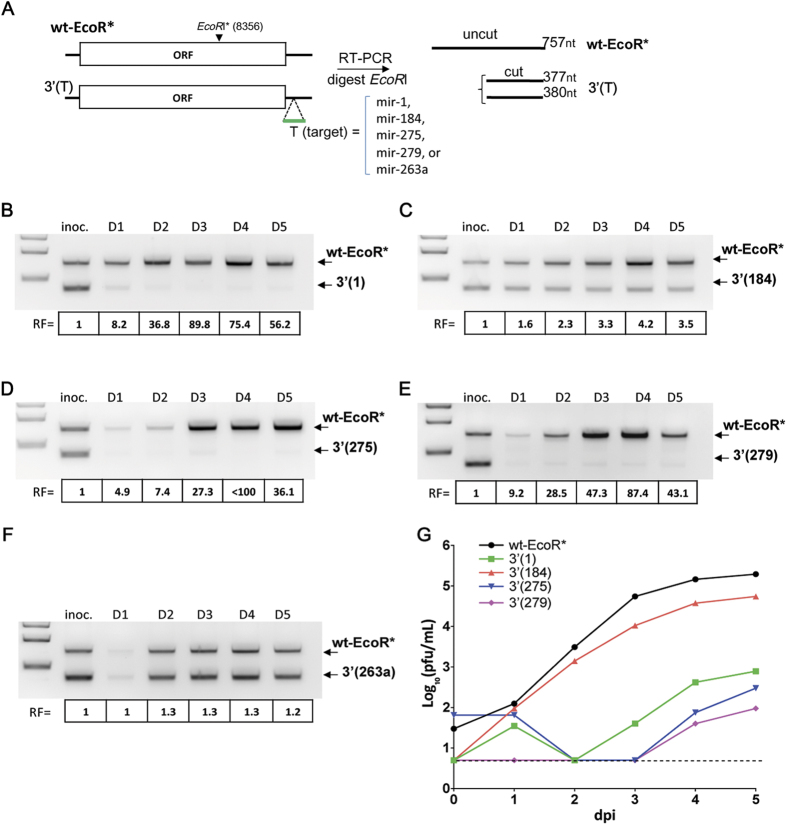Figure 1. miRNA targeting of the 3′ NCR of LGTV for tick-specific mir-1, mir-275 and mir-279 greatly inhibits virus replication in tick-derived cells.
(A) Schematic representation of the competition experiment and viral genomes used in the study. ISE6 cells were infected at an MOI of 0.1 pfu/cell with 1∶1 mixture of wt-EcoR* and one of the miRNA targeted LGTV viruses [3′(1), 3′(184), 3′(275), 3′(279) or 3′(263a)]. Supernatants were collected daily until 5 dpi to be used for RNA extraction followed by RT-PCR amplification, EcoRI digestion, and gel image analysis. DNA band intensities were quantified to determine the relative fitness (RF) of the competing viruses. RF was determined as the ratio between intensities of DNA bands of amplicons derived from wt-EcoR* and one of miRNA targeted 3′(T) viruses for each time point (D1–D5; dpi) normalized to the starting ratio of viral bands in the inoculum (inoc.) used for ISE6 cells infection. (B–F) Effect of insertion of a single target copy for mir-1 (B), mir-184 (C), mir-275 (D), mir-279 (E), or mir-263a (F) on LGTV fitness in ISE6 cells. (G) Growth kinetics of wt-EcoR* and miRNA targeted LGT viruses in ISE6 cells infected at an MOI of 0.01. The dashed line (here and in all subsequent Figures) indicates the limit of virus detection (0.7 log10 pfu/mL).

